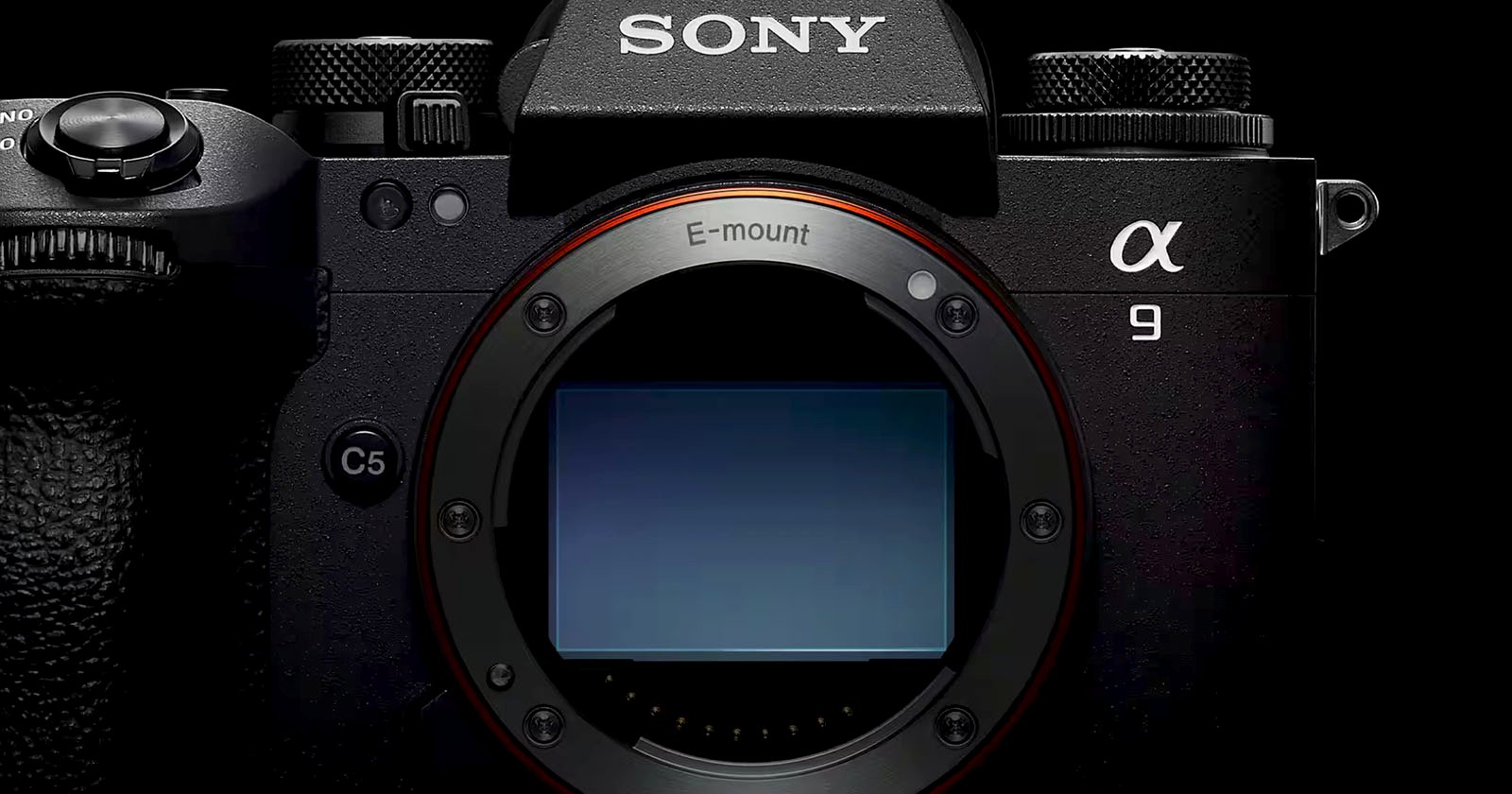
[ad_1]
![]()
The Sony a7S series is the oft-forgotten member of the Alpha lineup, languishing in the shadows of its siblings and never quite finding a place to shine. However, while some think the series should — or at least will — be left in the past, perhaps the Sony a9 III shows that there’s instead a path to a bright future for a hypothetical a7S IV.
The History of the a7S Series
Before charting where the a7S should go next, it is worth seeing where it has already been. The first Sony a7S was released way back in April 2014. Sporting a 12-megapixel CMOS sensor (you’ll soon sense a theme here), the original a7S delivered remarkable 1080p footage and was the first camera to record 4K video using the entire width of its full-frame image sensor. The camera specialized in delivering top-end performance in low-light situations and at high ISOs for photos and videos.
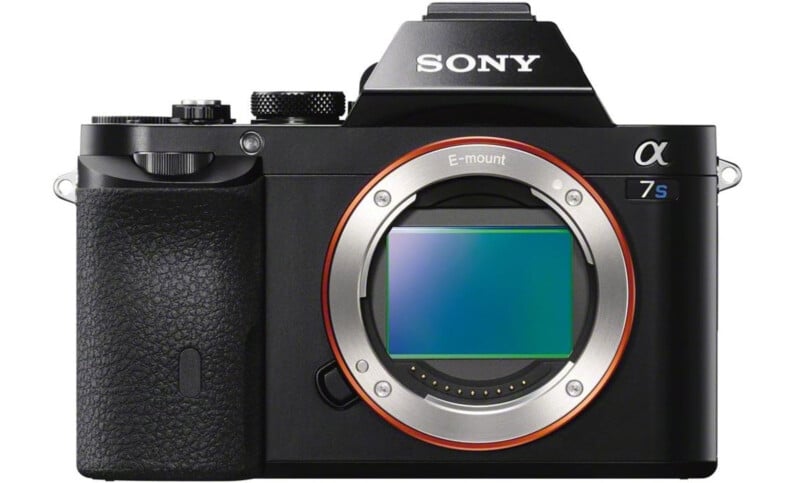
This combination of high-quality video and photos in challenging lighting situations carried over to the a7S II, which was announced less than a year and a half after the original a7S. Sony, seeing how popular its original camera was with the video crowd, doubled down on the a7S’ hybrid nature by adding FHD/120p recording, new log profiles, better autofocus, and five-axis in-body image stabilization. It was a great camera and, for a long time, the best low-light camera period.
However, despite its excellent hybrid performance, the a7S series went without another update for a while. 2016, 2017, 2018, and 2019 all came and went without an a7S III. Between the a7S II’s launch and the a7S III announcement in July 2020, Sony released five full-frame Alpha mirrorless cameras (and its final full-frame DSLR).
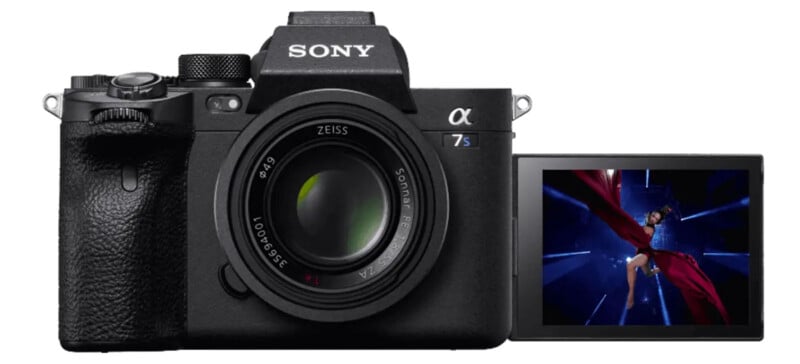
But the a7S III did eventually come, and wouldn’t you know it, it still sported a 12-megapixel image sensor. While this resolution didn’t hold the a7S and a7S II back that much as photo cameras, times had changed, and the a7S III leaned much more into the video side of things. The camera records 4K/120p video with improved processing, autofocus, and bitrate. Basically, it arrived with the promise of Sony’s best-quality 4K video recording. This claim to fame may still hold true over four years later.
Where’s the a7S IV?
While the a7S and a7S II arrived when Sony’s Alpha lineup lacked compelling hybrid options, that was much less true in 2020 when the a7S III landed. By then — and since — most of Sony’s full-frame cameras delivered at least acceptable video performance and features, and in some cases, really great performance. All these other cameras also sport more than 12 megapixels, making them considerably better photo options.
This changing Alpha landscape is a big reason many think an a7S IV is never coming. The niche it occupied was already small but has shrunk to near nonexistence.
However, when one looks beyond the Alpha series, the challenging case for an a7S IV in the mold of the a7S III is nearly impossible to make. In April 2021, Sony released the FX3, a 12-megapixel compact full-frame video camera. Like the a7S III, the FX3 is a video-first E-mount camera. However, the FX3 has improved handling for video and includes active cooling. For videographers, the FX3 is generally the better option. For photographers, well, neither camera makes sense.
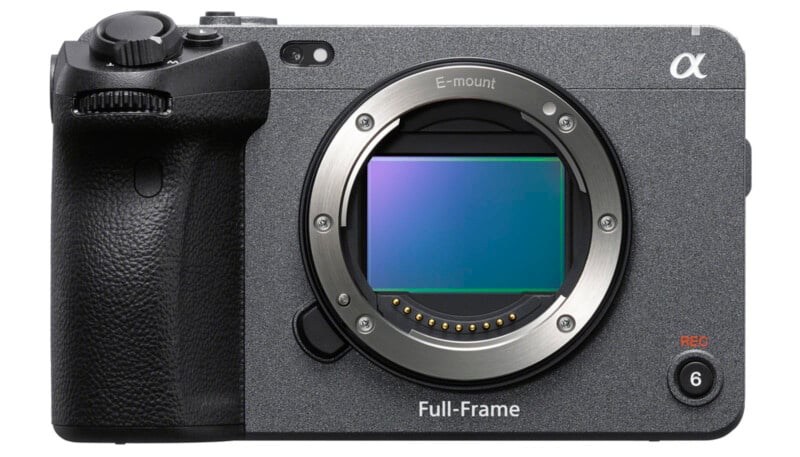
With the introduction of the FX3, Sony kickstarted its Cinema Line, pulling what made the a7S series compelling into a different family. Between the Alpha line becoming consistently better at video with each new model and the FX3 launching, it’s easy to see why people think the a7S IV may never come. The case against the camera is pretty strong.
The Case for the Sony a7S IV Starts With the a9 III
However, Sony did something in late 2023 that I believe changed the calculus for the a7S IV: Sony launched the a9 III.
The a9 III is Sony’s first camera to use a global shutter sensor, an exciting revolution in the imaging space. Unlike a traditional focal plane image sensor, which scans one row of pixels at a time, the a9 III’s global shutter sensor reads out every pixel simultaneously. This has considerable benefits for photos and videos alike, including incredibly fast shooting speeds, swifter autofocus, and absolutely no rolling shutter.
As Jordan Drake explains in our Sony a9 III Review, the a9 III is a fantastic full-frame video camera. While the global shutter has some downsides concerning image quality and dynamic range, the camera’s benefits for video applications far outweigh the negatives for nearly every use case.
However, the a9 III could still be more compelling for videographers. The camera doesn’t allow users to control the shutter angle, a common means of adjusting exposure during video recording. The camera also lacks waveform displays, vectorscopes, anamorphic desqueeze, and open-gate recording. A camera like the Panasonic S5II(X) offers some of these features, albeit without a global shutter sensor.
If Sony wants — and “wants” is doing a lot of heavy lifting here — to continue the a7S line with an a7S IV, I think putting the a9 III’s 24-megapixel global shutter sensor in an Alpha-series body and adding the video features the a9 III is missing into the mix would make for a very compelling hybrid camera in a traditional SLR-style body — something I believe people still want.

Counterpoint: Why the a7S IV Is Probably Never Coming
Not everyone is on board with the idea that the a7S IV will exist, though, including PetaPixel‘s YouTube Director Jordan Drake.
“Here’s why I don’t think the a7S IV will ever be released, but why I think the 24MP global shutter will be very important in future Sony video products,” he says.
“First, the Sony a9 III, which debuted this new sensor, is a fantastic video camera. High frame rate recording is oversampled, video has a beautifully natural cadence because of the lack of rolling shutter, and the video dynamic range was still very competitive with its peers in video mode — unlike when capturing stills. I thoroughly enjoyed using the a9 III as a video camera and most of that is due to the new sensor.”
So dropping that sensor into an a7S body would make for a great combination, right?
“Well, you would think so, but it would make no sense in Sony’s current lineup. The a7S III introduced the lovely 9.44M dot (2,048 x 1,536) EVF and many of the handling designs shared by the a9 III. I don’t think a7S III users would accept a step backward in those regards. The use of a fully electronic shutter means most of the a9 III’s still capabilities are already inherent to the sensor, and removing features would just artificially limit this imaginary a7S IV. So what could Sony take away from the a9 III to make a less expensive, more video-centric hybrid camera? The ethernet port? Some burst shooting options? None of that would allow a significant enough discount for the a7S IV to make sense,” Drake says.
“But what if you put that sensor in an FX series video body? The FX9 is woefully outdated at this point, with a slow 24MP sensor and dated recording modes. Simply add the a9 III’s global shutter and record modes to that body, and it’s immediately a compelling choice for high-end work. And similarly, this sensor could be added to the fan-cooled, easily rigged FX3/30 body. The lack of an EVF and fundamentally different design would differentiate this hypothetical camera from the a9 III and could probably be substantially cheaper,” he adds.
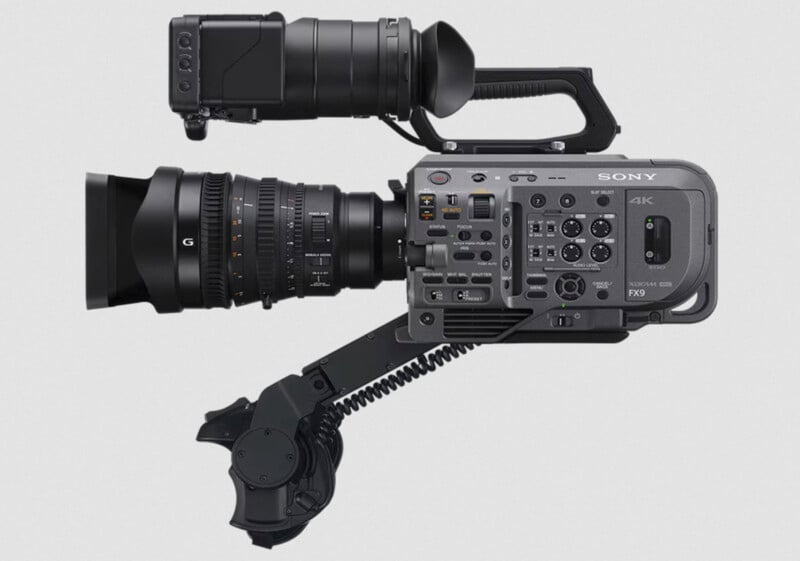
It would be a shame to lose the a7S series, as I absolutely love using a compact mirrorless body with a great EVF to shoot video. However, I suspect the a9 III will be the only option in Sony’s lineup for people like me, and other cameras using this sensor will be more video-styled FX-series bodies.”
There is Demand for an a7S IV, But Is That Enough?
Per usual, Jordan Drake makes a lot of sense. We agree on many things, including that the global shutter sensor in the a9 III should form the backbone of future video-oriented Sony cameras and that it’d be unfortunate if Sony never updates its a7S series again.
However, while he lands in the camp where the a7S series is done, I still believe in the prospect of an a7S IV. Perhaps I’m naïve — I’ve been called worse — but the a9 III makes me think there’s a path forward for the a7S. The demand for it is there. Whether Sony will answer the call remains an open question.
[ad_2]